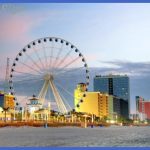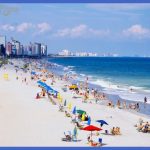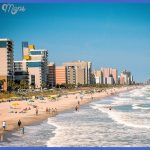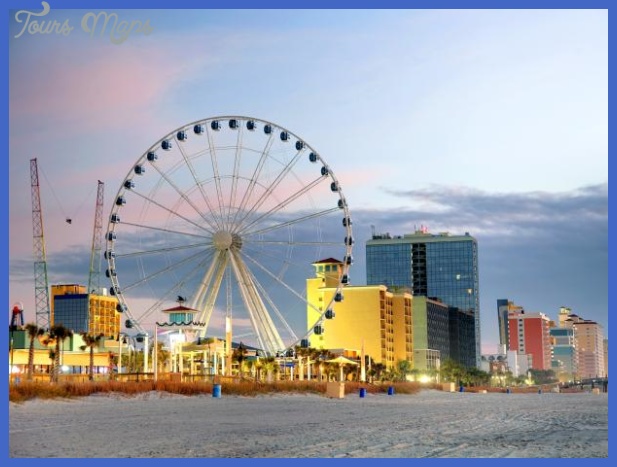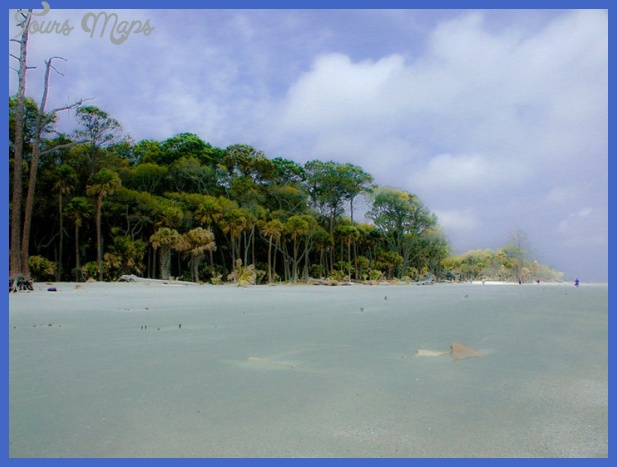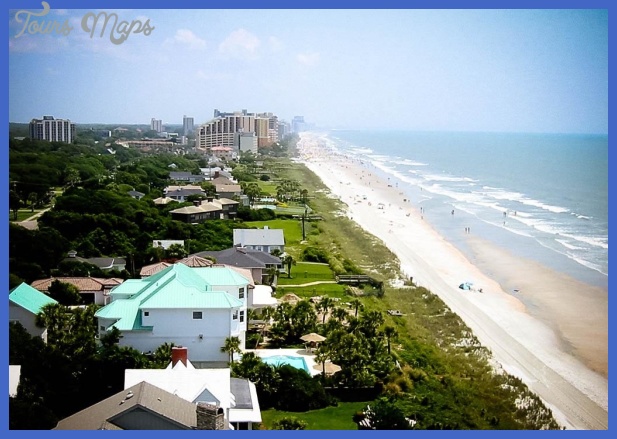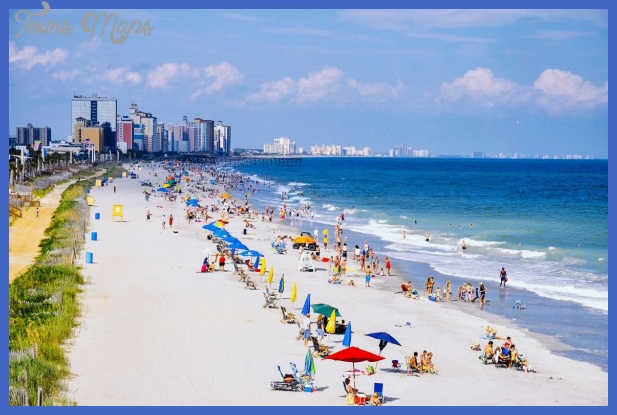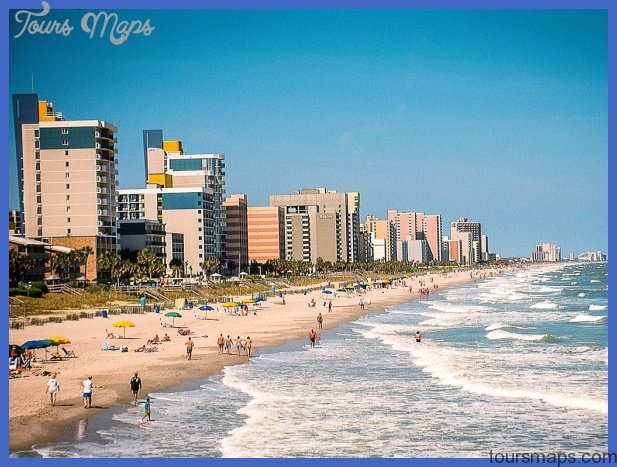Latinos live in every county in South Carolina, but the largest Latino populations have settled in urban areas in the upstate (northwestern region), midlands, and low country (or coastal area). A booming construction industry, restaurants, and manufacturing are the primary draws for Latinos in the upstate. In the midlands, construction, poultry processing, light manufacturing, and restaurants attract migrants, and on the coast, the construction and hospitality industries are those in which more migrants are employed. Latinos have also concentrated in some of the state’s smaller communities, such as Saluda. Often referred to as Little Mexico, Saluda is also home to large numbers of Guatemalans, many of whom work alongside Mexicans in a local poultry plant. The highest percentage of Latinos (vis-a-vis the population as a whole) resided in Saluda, Jasper, Beaufort, Newberry, and Greenville counties in 2005.
Many of South Carolina’s migrants are undocumented. The Pew Hispanic Center estimates that South Carolina’s unauthorized migrant population in 2005 numbered between 35,000 and 75,000. While not all undocumented migrants are Latinos, reliable estimates suggest that at least 75 percent do arrive from Latin America. It has also been estimated that nationally, 80 to 85 percent of Mexican migrants are unauthorized. According to 2005 American Community Survey data, roughly 88,000 Mexican migrants were in the state, meaning that at least 75,000 unauthorized Mexican migrants alone reside in South Carolina. However, despite more rigorous border security after the attacks of September 11, 2001, many Mexican and Central American migrants tend to be sojourners going back to their home countries for a period of time, only to return later. The actual number of unauthorized migrants therefore will fluctuate over time.
A large number of Latinos in South Carolina live on the margin, both economically and socially. Most work for low wages and deal with job insecurity, poor and unsafe housing conditions, lack of transportation, language barriers, discrimination and often, loneliness. Most also live in enclave conditions because of a shortage of affordable housing, South Carolina’s limited public transportation system, and the
fact that the state denies driver’s licenses to unauthorized migrants. Further, discrimination, social and cultural differences, and separation from family members can lead to feelings of isolation. Some new migrants express feelings of loneliness and even invisibility. As one young woman from Veracruz said, Only people at work know your name, but outside work it’s as though we don’t exist.
South Carolina Vacations Photo Gallery
Maybe You Like Them Too
- The Best Cities To Visit in The World
- World’s 10 Best Places To Visit
- Coolest Countries in the World to Visit
- Travel to Santorini, Greece
- Map of Barbados – Holiday in Barbados

